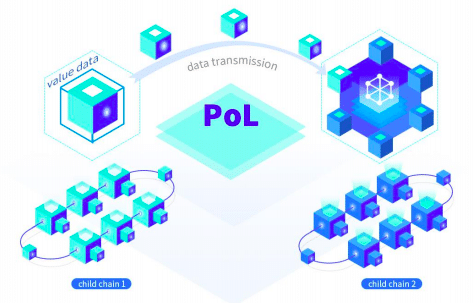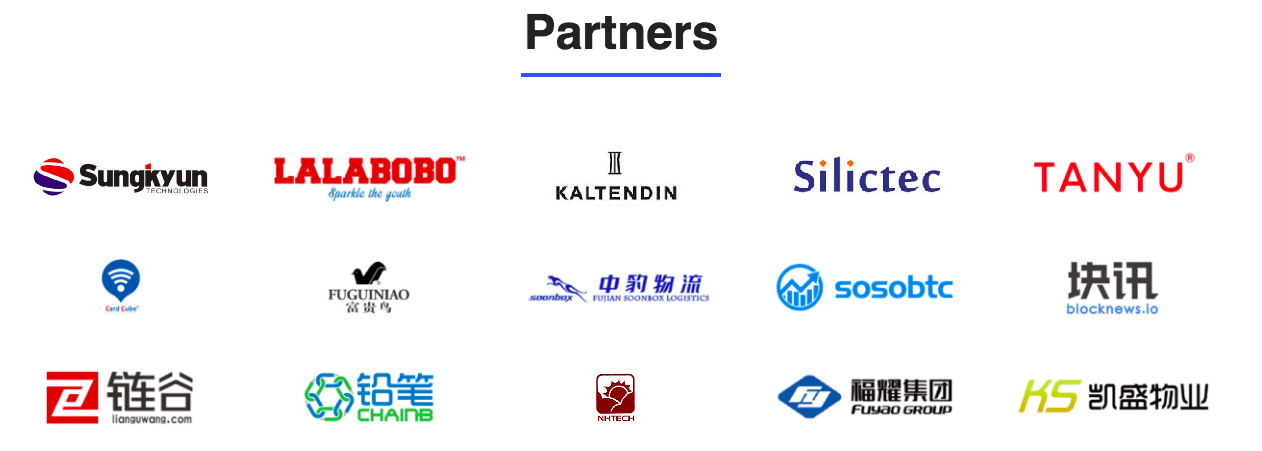Waltonchain combines blockchain with IoT (specifically RFID) to create a management system for supply chains. The project is named after Charlie Walton, the inventor of RFID technology and a pioneer in the space.
Logistics systems are complex and commonly involve several different parties. As these systems grow, it becomes increasingly tough for businesses in the same vertical to coordinate with each other. On top of that, individual entities may have different processes that further hinder the ability to transfer data back and forth.
Waltonchain uses RFID identification to track products during each step of production and distribution. The data associated with each item is stored on an immutable blockchain that ensures its accuracy no matter where in the process it is.
In this Waltonchain guide, we’ll be discussing:
- How Does Waltonchain Work?
- Waltoncoin (WTC) and Consensus Mechanisms
- Waltonchain Team & Progress
- Trading
- Where to Buy WTC
- Where to Store WTC
- Conclusion
- Additional Waltonchain Resources
How Does Waltonchain Work?
Other than serving as a tribute to the inventor of RFID technology, WALTON is an acronym for Wisdom Alters Label, Trade, Organization, and Network. This seems a little forced, and it’s not entirely clear what it actually means, but it fits well with the name.
Value Internet of Things (VIoT)
Waltonchain introduces the concept of the Value Internet of Things to describe the combination of their proprietary RFID chips with blockchain technology. Using RFID tags, blockchains can now store physical items (or at least data representations of them) on-chain.
RFID (Radio-frequency identification) tags use electromagnetic fields to identify objects. They’re most commonly utilized in inventory tracking, library systems, and product kiosks like Redbox.
With Waltonchain, a simple scan of the RFID tag provides you with all the information you need to know. What the product is, where it’s been, who’s handled it, and other important data is all stored on the blockchain through these tags.
Applying VIoT to logistics has a myriad of benefits:
- Improved security through blockchain technology
- Accurate tracking of a product back to its origin
- Anti-counterfeiting through RFID identification
- Decentralization without the need for trust
- Reduced labor costs
Waltonchain and sub chains
Waltonchain is the name for the parent chain in the Walton ecosystem. This chain tracks Waltoncoin (WTC) transactions, manages sub-chains, and executes smart contracts, among other things.
Anyone using Waltonchain technology can create their own sub-chain and have their own tokens. Additionally, they can elect to have a consensus algorithm that’s different from the parent chain.
Separating the network into the parent Waltonchain and sub-chains has a few benefits. The first is that each business utilizing the technology can customize a blockchain to their specific business needs. They’re not tied to the protocol or network activity of the parent chain.
Also important, the separation helps with performance as the network scales. Because the majority of the data resides on a business’s sub chain, their activity won’t bog down the entire network.
CryptoKitties, an Ethereum-based game similar to Neopets, is a testament to the importance of sub chains. Currently, Ethereum doesn’t use sub chains, so each DApp built on the platform affects the network. The exploding popularity of CryptoKitties caused major network congestion which led to temporarily delayed transactions and higher fees.
If the game was on a sub chain, this wouldn’t have been as big of an issue.
[thrive_leads id=’5219′]
Waltoncoin (WTC) and Consensus Mechanisms
Waltoncoin (WTC)
Waltoncoins (WTCs) are the primary currency in the Walton ecosystem. 100 million WTC were issued with the genesis block and no more will be created. Of those 100 million, there’s currently a total supply of 70 million with a little over 40 million in circulation, and the remaining coins will be mined over the next few years.
The coins have six primary functions:
- Issuing sub chains
- Dividend interest
- Credit and mortgage system
- Distributed asset exchange
- Distributed voting and governance system
- Decentralized exchange
Although this seems like a lot, there’s some overlap in these functions. More simply, WTC is used as a transactional coin to perform activities off of the parent chain through byte fee payments, facilitate collaboration between sub chains, and reward nodes for maintaining the network.
Consensus Mechanisms
Originally, Waltonchain planned to use its own Proof of Stake & Trust (PoST) consensus for the ecosystem. PoST is similar to Proof of Stake (PoS) in that it rewards token holders (nodes) with WTC dividends. However, it would additionally add a node reputation mechanism to further reward higher quality and more honest nodes.
Now, Waltonchain’s whitepaper (v2.0) outlines a Waltonchain Proof-of-Contribution (WPoC) consensus. This new consensus mechanism combines Proof-of-Work (PoW), Proof-of-Stake (PoS), and Proof-of-Labor (PoL). The parent chain uses a combination of PoW and PoS. This means that as a WTC token holder, you’ll receive dividends just by holding the tokens in your wallet.
The network utilizes PoL for data exchanges between nodes on the parent chain, child chains, and cross-child chains.

Waltonchain Team & Progress
The Waltonchain team is loaded with supply chain experience. Do Sanghyuk, one of the co-founders, was previously the Director of the Korean Standard Products Association. The other co-founder, Xu Fangcheng was the Supply Chain Management Director of Septwolves Group Ltd.
The team is getting support from their Chief Scientist Advisor, Kim Sukku – a former vice president of Samsung.
Waltonchain has no shortage of partnerships – several of which are with Chinese provincial governments. The team is working with the Fujian government to create a “smart maritime” blockchain incubator, and with the Jinhu government to build smart air purification and monitoring systems.
As you can see, Waltonchain is quickly expanding beyond just the supply chain.

In March 2018, Waltonchain launched their main net and switched off of the Ethereum blockchain. They have since released several wallets to support this change. Additionally, the team has facilitated the development of three child chains since the launch of the main net.
Competitors
VeChain is the blockchain project most similar to Waltonchain (they even both have “chain” in their name). Similar to Waltonchain, VeChain provides blockchain-based solutions for the supply chain industry. VeChain recently rebranded to VeChain Thor, now enabling enterprises to build DApps on their platform – something akin to Walton’s sub chains.
There are a few differences between the two, though. Waltonchain is strictly focusing on RFID chips while VeChain includes NFC and QR codes as well. Although serving many of the same purposes, the architecture of sub chains is drastically different than that of DApps.
Finally, it appears that the two projects are targeting different markets with VeChain focusing on luxury goods and Waltonchain starting with clothing apparel.
Trading
The WTC price has been a rollercoaster of up-and-downs since it started trading at the end of August 2017. Chinese news of increased government intervention and regulation consistently affected the coin.
On the flip side, new exchange listings and partnership announcements have reflected positive price movements in response. It wouldn’t be surprising to see this trend continue if the coin becomes listed on Bittrex or if the team announces more strategic alliances.
WTC hit an all-time high of $42.46 (~0.00371 BTC) in January 2018 but now sits at around $1.20 (~0.00029 BTC) – another victim of the year-long bear market. Without massive enterprise adoption, it’s tough to see the price of this coin increasing in the current, poor market conditions.
Where to Buy WTC
The most popular platform to purchase WTC is Binance. Here, you can exchange BTC and ETH for WTC with BTC being the preferred choice of investors.
If you don’t own any Bitcoin or Ethereum, you can purchase some on Gemini with U.S. dollars. After that, simply transfer your funds to Binance to exchange for WTC.
Where to Store WTC
You should store your WTC in one of the official Waltonchain wallets. The wallets are available on Windows operating systems as well as Android and iOS mobile phones.
Conclusion
Waltonchain is a solid project with an experienced, 20+ member team dedicated to its success. The company already has several substantial partnerships with government entities and private-sector companies alike.
More than just a supply chain platform, Waltonchain provides enterprise businesses with the technology to create their own sub chain and benefit from the Walton parent chain.
Although currently not valued as high as some of its competitors, Waltonchain, with its partnerships and ambitious development roadmap, looks poised to breakout over the next few years.
Editor’s Note: This article was updated by Steven Buchko on 11.25.2018 to reflect the recent changes of the project.





